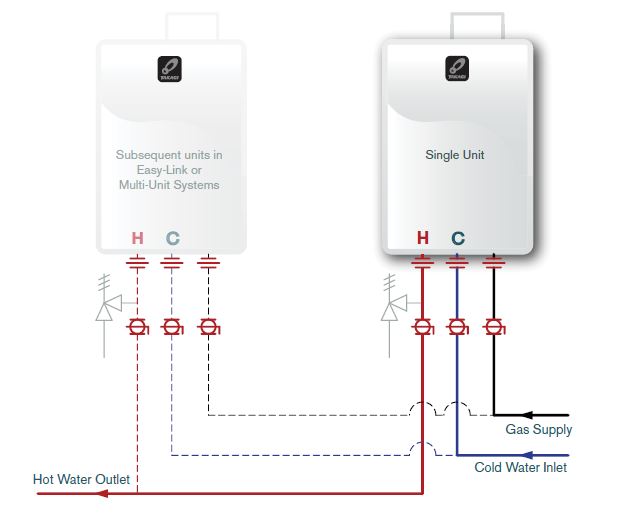MuddyCreek
Well-Known Member
So, I just finished a couple pilot batches of Skinny Cow I.P.A. I had to do two batches because my efficiency is crap. In fact I've struggled with efficiency throughout with the pilot system and I've had to "fix" every batch except one. (Muddy Creek turned out darn near perfect, everything else has been really low.)
Well, the culprit is getting fixed. I have always kept my thermoprobe right in the wort return on the MLT so that I know the temperature of the returning wort. On the Pilot system the decision was made to recreate as closely as possible what we have with the pro system. That meant putting the thermoprobe down lower in the mash.
Another annoying little detail is that my pump is not connected directly to an electronic heat gauge to automatically monitor the pump through the HLT temperature. Rather the pump is controlled through the Mash temperature. This "sounds" fine in theory but here's where the problem is at.
Since my HLT is not connected to the control panel the way I want it, it is not being shut off when it reaches a temperature I want it to maintain (say 3 or 4 degrees above my mash temp...) Then when the mash gets low and the pump turns on overheated HLT water which should have stopped heating when it got to a few degrees above the mash temp now gets the mash liquid a bit too warm. This over-heated wort is then added to the top of the mash which is too high above the thermoprobe to adequately register the temp soon enough so what is essentially happening is that about the top 1/3 to 1/2 of my mash is being "mashed out" entirely too soon and I'm losing more of my efficiency than I want.
Heavy sigh... Had I just built the damn pilot system exactly as my home system was done I would never have had the problem. Instead I had to spend hours "fixing" low efficiency batches. But now the problem has been identified and can be resolved before we move to the big system. So there you go. ANOTHER **** I didn't think about. When you have something that works - don't fix it.
Well, the culprit is getting fixed. I have always kept my thermoprobe right in the wort return on the MLT so that I know the temperature of the returning wort. On the Pilot system the decision was made to recreate as closely as possible what we have with the pro system. That meant putting the thermoprobe down lower in the mash.
Another annoying little detail is that my pump is not connected directly to an electronic heat gauge to automatically monitor the pump through the HLT temperature. Rather the pump is controlled through the Mash temperature. This "sounds" fine in theory but here's where the problem is at.
Since my HLT is not connected to the control panel the way I want it, it is not being shut off when it reaches a temperature I want it to maintain (say 3 or 4 degrees above my mash temp...) Then when the mash gets low and the pump turns on overheated HLT water which should have stopped heating when it got to a few degrees above the mash temp now gets the mash liquid a bit too warm. This over-heated wort is then added to the top of the mash which is too high above the thermoprobe to adequately register the temp soon enough so what is essentially happening is that about the top 1/3 to 1/2 of my mash is being "mashed out" entirely too soon and I'm losing more of my efficiency than I want.
Heavy sigh... Had I just built the damn pilot system exactly as my home system was done I would never have had the problem. Instead I had to spend hours "fixing" low efficiency batches. But now the problem has been identified and can be resolved before we move to the big system. So there you go. ANOTHER **** I didn't think about. When you have something that works - don't fix it.












































